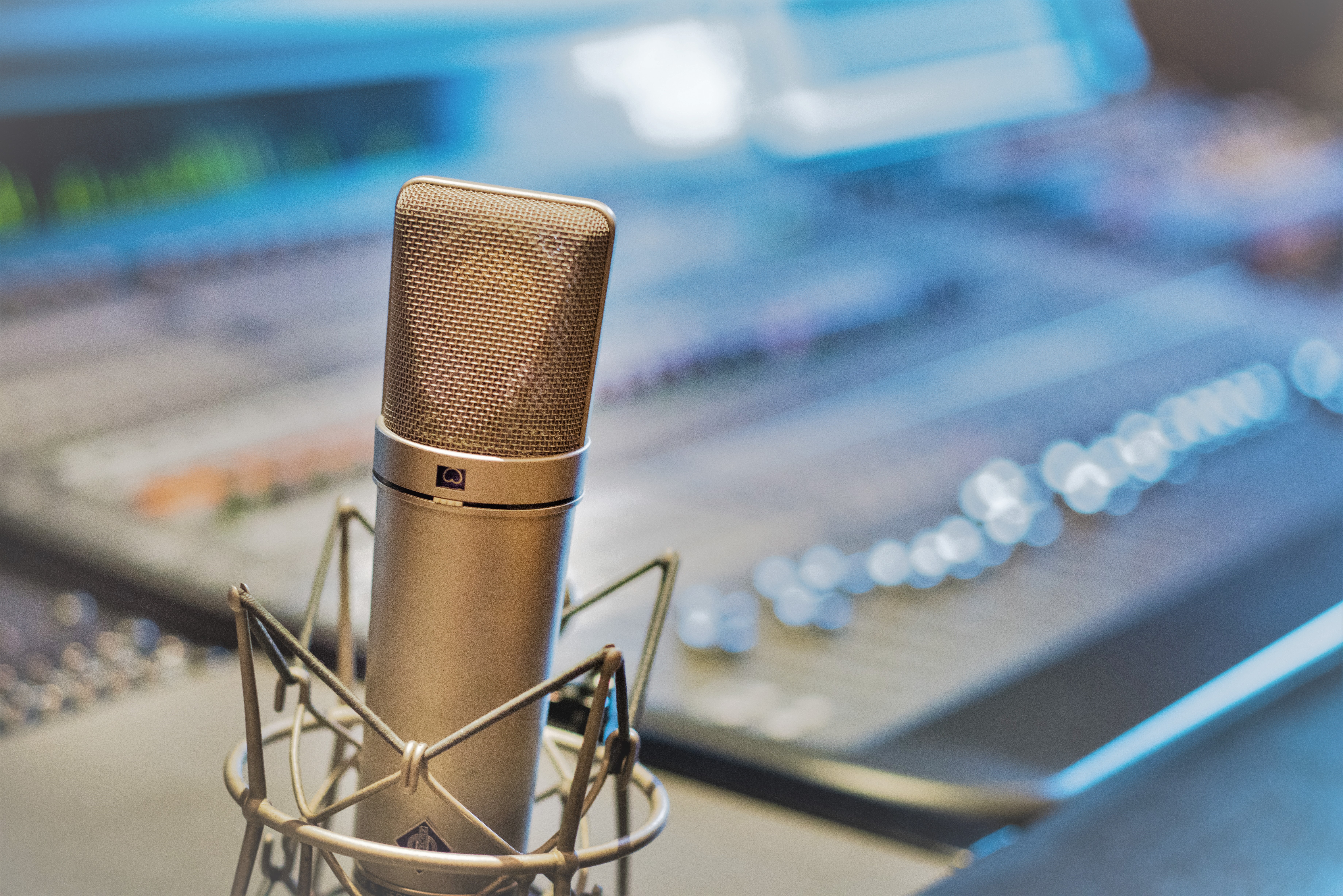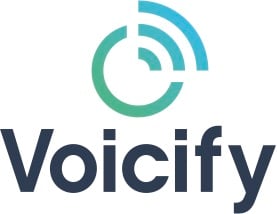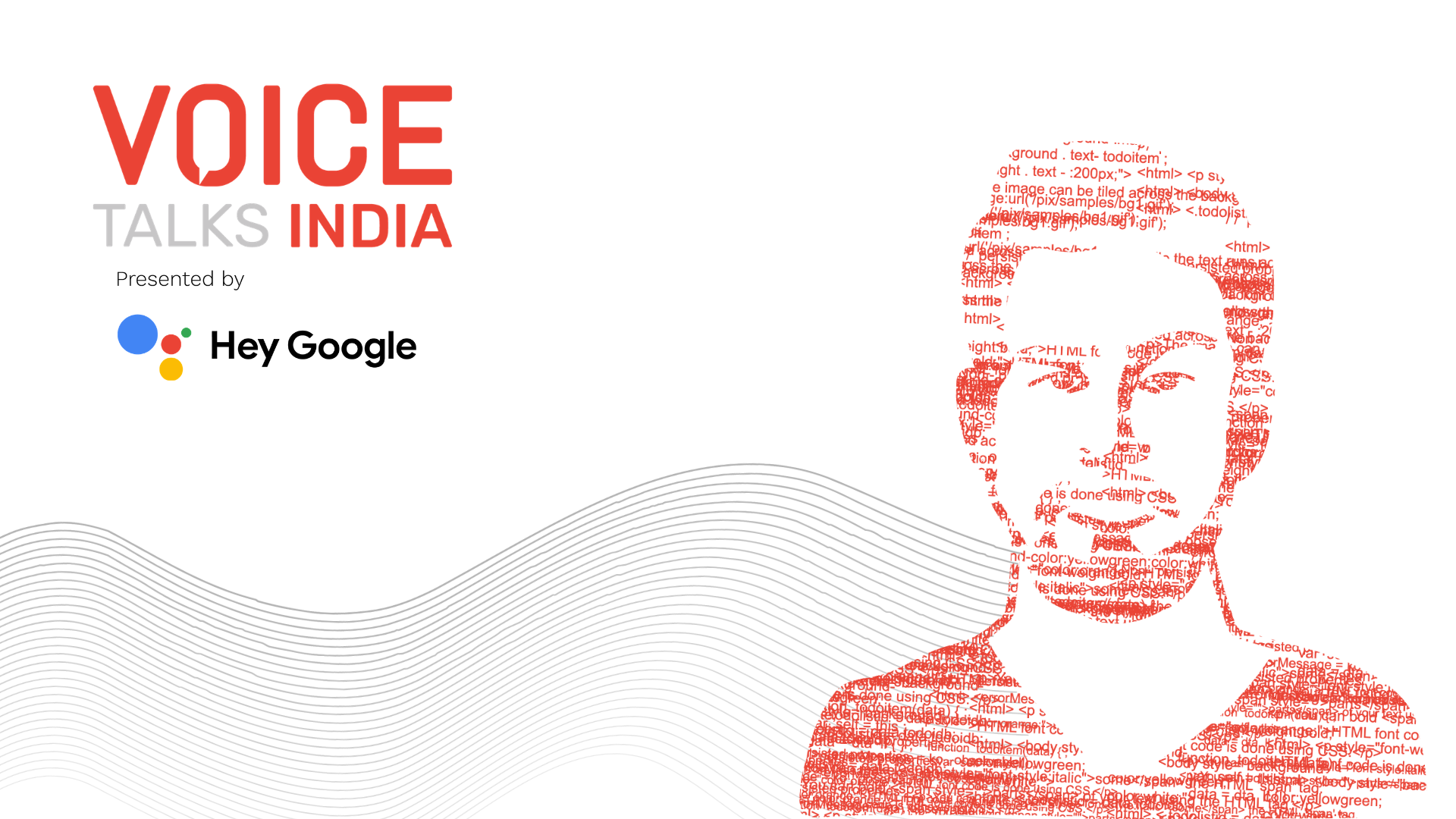





From Star Trek to Spiderman, AI voices in film have been predominantly female. Yes, Hollywood has graced us with a few male voices too, like HAL 9000 and JARVIS. Although one was disturbingly evil and the other was later replaced by FRIDAY, a female voice. (So not really much choice there either.)
In real life, the vocal repertoire for virtual assistants is just as binary as in the movies. Almost every virtual assistant we know and love today sounds like a polite and pleasant woman, and only a handful feature male voices.
As for non-binary and every other group that doesn't fit in the two neat gender boxes, well, they don't really have a voice in AI at all.
As societal perceptions of gender are slowly evolving, there's a growing need for this change to be reflected in voice tech too—before it becomes yet another channel overflowing with tired stereotypes. With voice playing a pivotal role in our day-to-day, it's only fair that those in charge of developing these experiences lend an ear to this important conversation.
Encouragingly enough, many voice designers and even some big tech companies are paying attention. Smaller companies have already made efforts to bring much-needed diversity into voice and a handful of them recently created the "first genderless voice."
It's exciting stuff. But before we get into it, here's a little food for thought.
Most companies with female virtual assistants will say they chose it because of user preference. And that's true, a lot of people will tell you they really like Alexa's calm and collected voice or Google Assistant's warm and playful tone.
There are, of course, many others who switch their Siri to the charmingly British Daniel (and we don't blame them). But the reality is, the grand majority prefer to hear a female setting reminders and playing music.
Why is that?
Clifford Nass, a former professor at Stanford University, pioneered the research that found we lean towards certain gender voices depending on the task. If we're looking for authority and leadership, we turn to male voices (like IBM's Watson), but if we want general assistance we prefer a female voice (like Alexa).
Clearly, we have subconscious issues to work through. But tech companies can play a large role in helping us move past them by normalizing gender neutral voices and behaviors.
While Apple and Google already have male voices for their virtual assistants, other companies are pushing for a voice that goes beyond the gender binary.
A unique collaboration between Copenhagen Pride, Virtue, Equal AI, Koalition Interactive and thirtysoundsgood led to the creation of "the first genderless voice," christened as "Q".
Although finding the right pitch and frequency was no easy feat. According to TNW, The group recorded dozens of people including male, female, transgender, and non-binary to find a voice between the masculine 80 Hz and feminine 220 Hz. They then tested the chosen voice by asking over 4,600 people to rate it as male or female.
The result? A perfectly ambiguous voice named Q, vibrating at a neutral 145 Hz. You can listen to Q here (maybe wear headphones for this one).
Q is clearly an important step for equality in AI. It also pushes the expectation for large tech companies to diversify not only their user testing base but also their internal teams. Simply put: when there's more diversity behind the scenes, the main show becomes a lot more inclusive.
"Q is an example of what we hope the future holds; a future of ideas, inclusion, positions and diverse representation in technology." - Genderless Voice website.
.
Although efforts to move past gender stereotypes aren't just happening in voice. In 2018, Capital One introduced Eno, a gender-neutral SMS chatbot that helps users manage their finances. The co-creator and head of AI design, Audra Koklys Plummer, explained to Forbes, "Making Eno gender-neutral freed us in a sense because we didn't have to worry about evoking any biases. We could just focus on solving customer problems.”
Companies like GoDaddy and even Lowe's Home Improvement are also bringing in gender-neutral bots to help their customers. Robert Ashby, senior director of digital care at GoDaddy, told NPR that the gender of the bot doesn't really matter. The truth is, "as long as it's really hitting that core of empathy and support, that is the core to success."
It's heartening to see companies taking societal responsibility when it comes to challenging stereotypes in tech. But there's still a long way to go.
As designers, developers, leaders, and even as consumers, it's everyone's responsibility to encourage diversity in tech so the power of voice can change much more than just the way we turn on the TV.
As voice technology continues to evolve, so do the people behind it. VOICE Summit is adamant on leveling the voice-first field and giving everyone equal opportunity to showcase their achievements. With that mindset, it's only fair that we also touch on the areas of voice where diversity and inclusivity are lacking. The point isn't to ruffle anyone's feathers, but simply to spark the right conversations that lead to progress.
If diversity in voice is on your wishlist, come to Newark, NJ, and meet a magnificent medley of people making a difference in the future of voice. We're particularly excited about you meeting our partners: Women in Tech (NJ & NY), NYC PyLadies (including non binary coders), and WiMLDS (Women in Machine Learning & Data Science). There will also be a panel on inclusive VUI design covering bias, VA gender—all that good stuff.
Exciting conversations await! Register for VOICE here and we'll see you there.




.png)

VOICE Copyright © 2018-2022 | All rights reserved: ModevNetwork LLC
